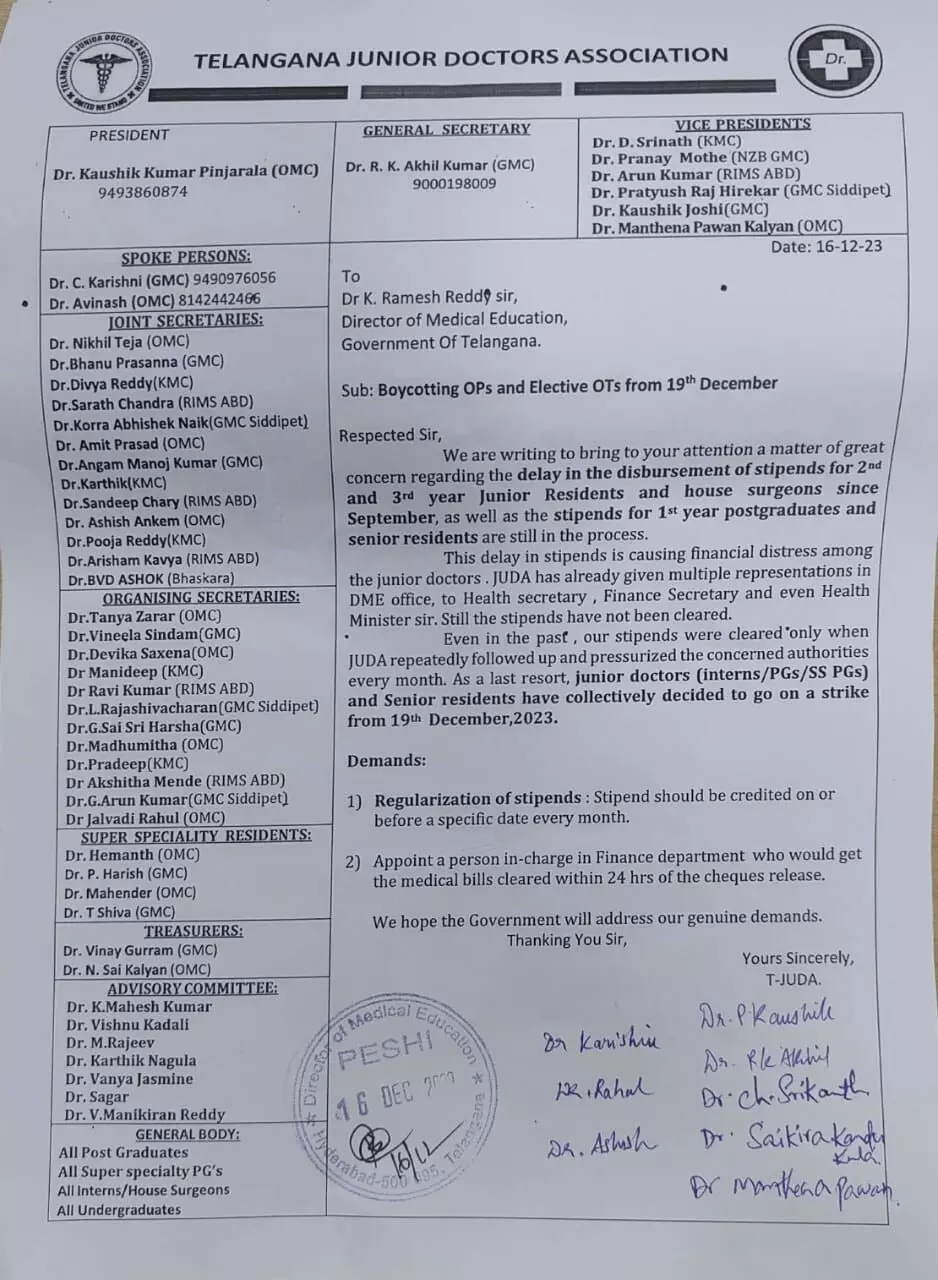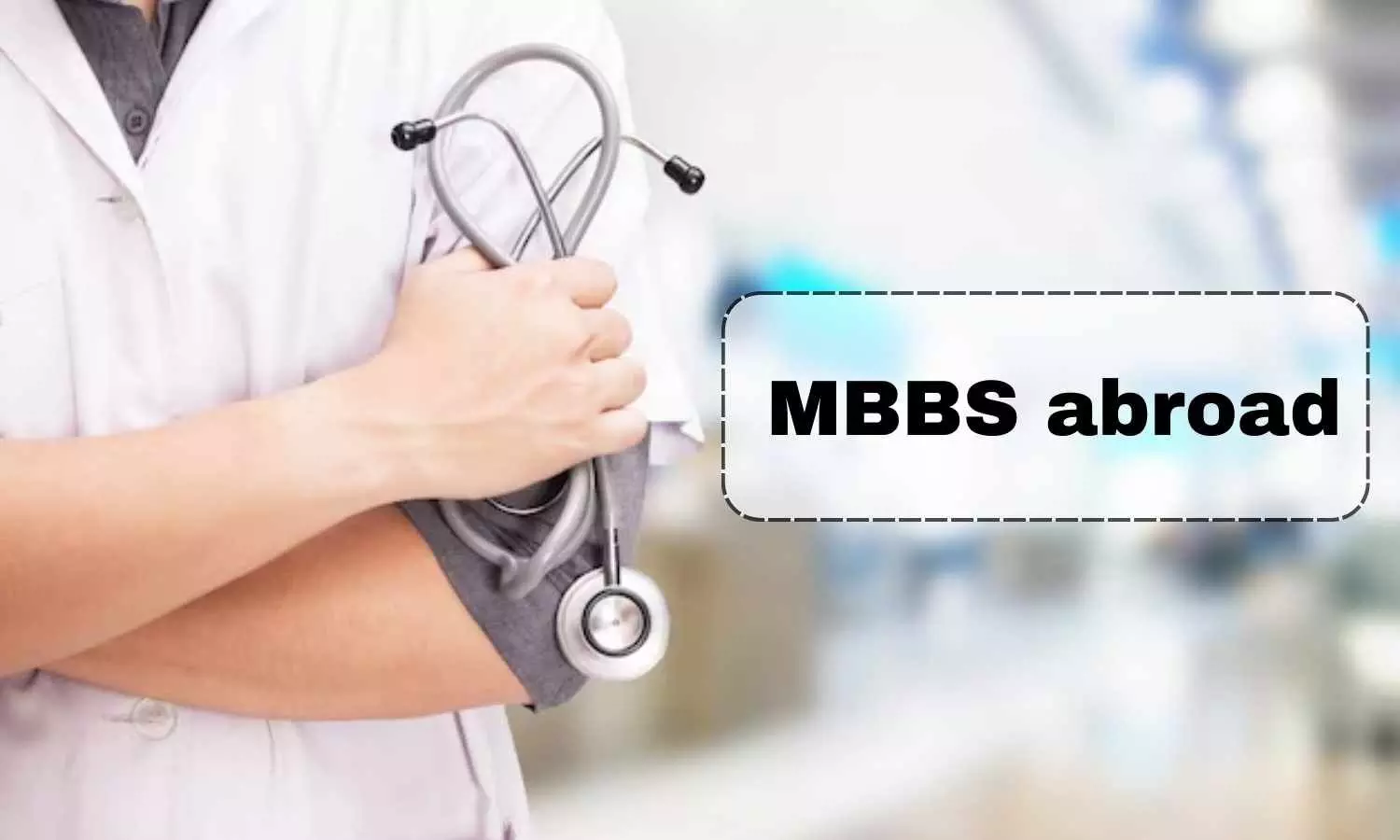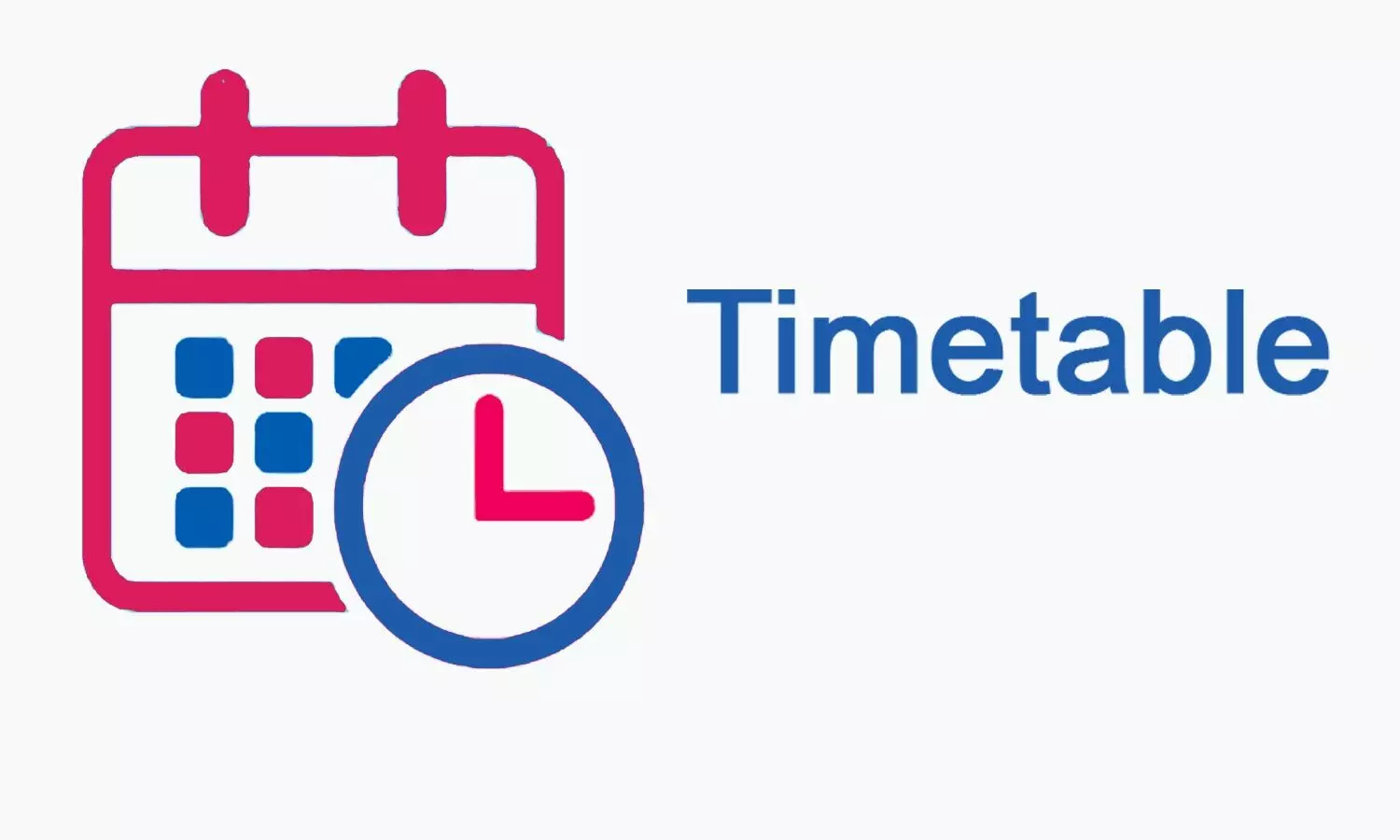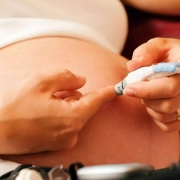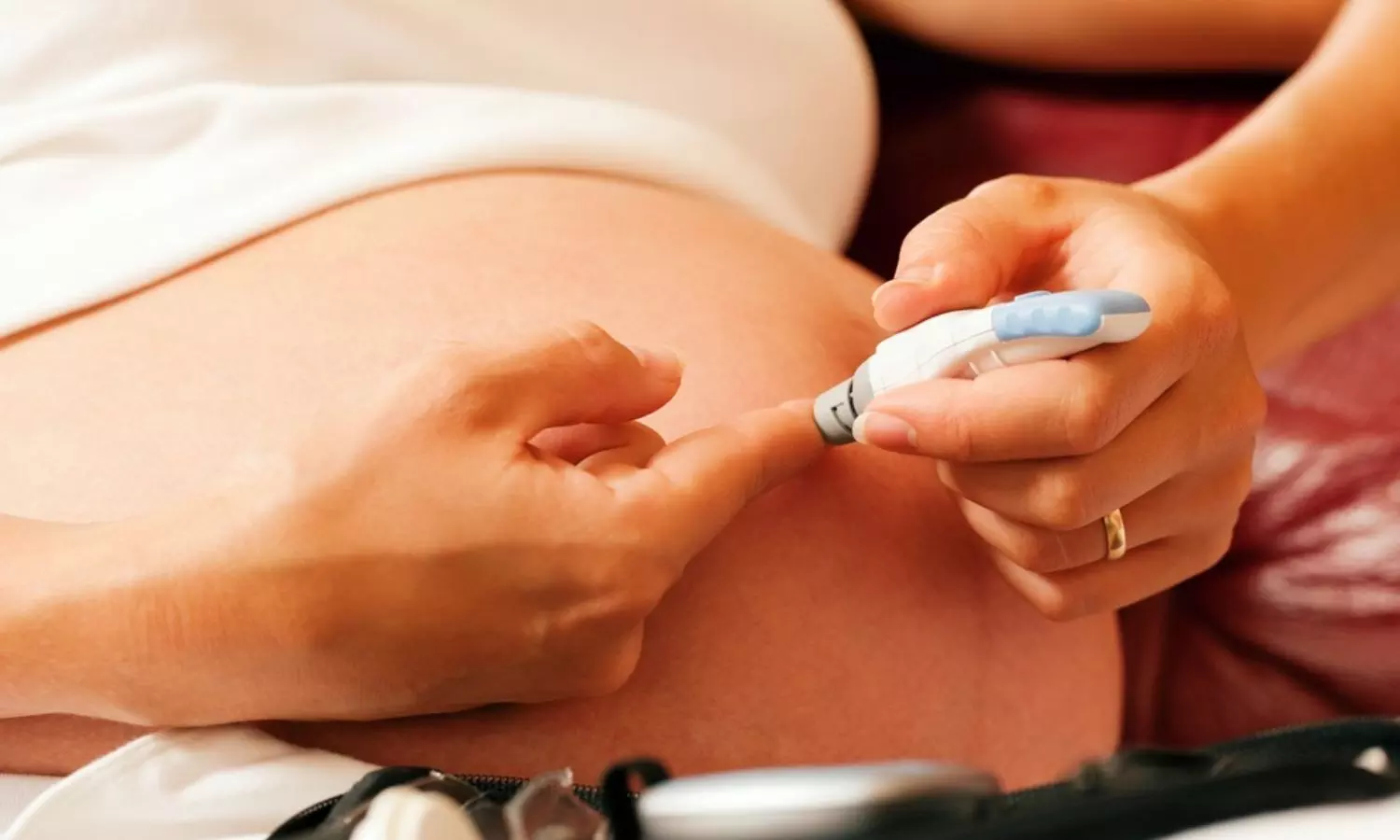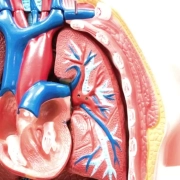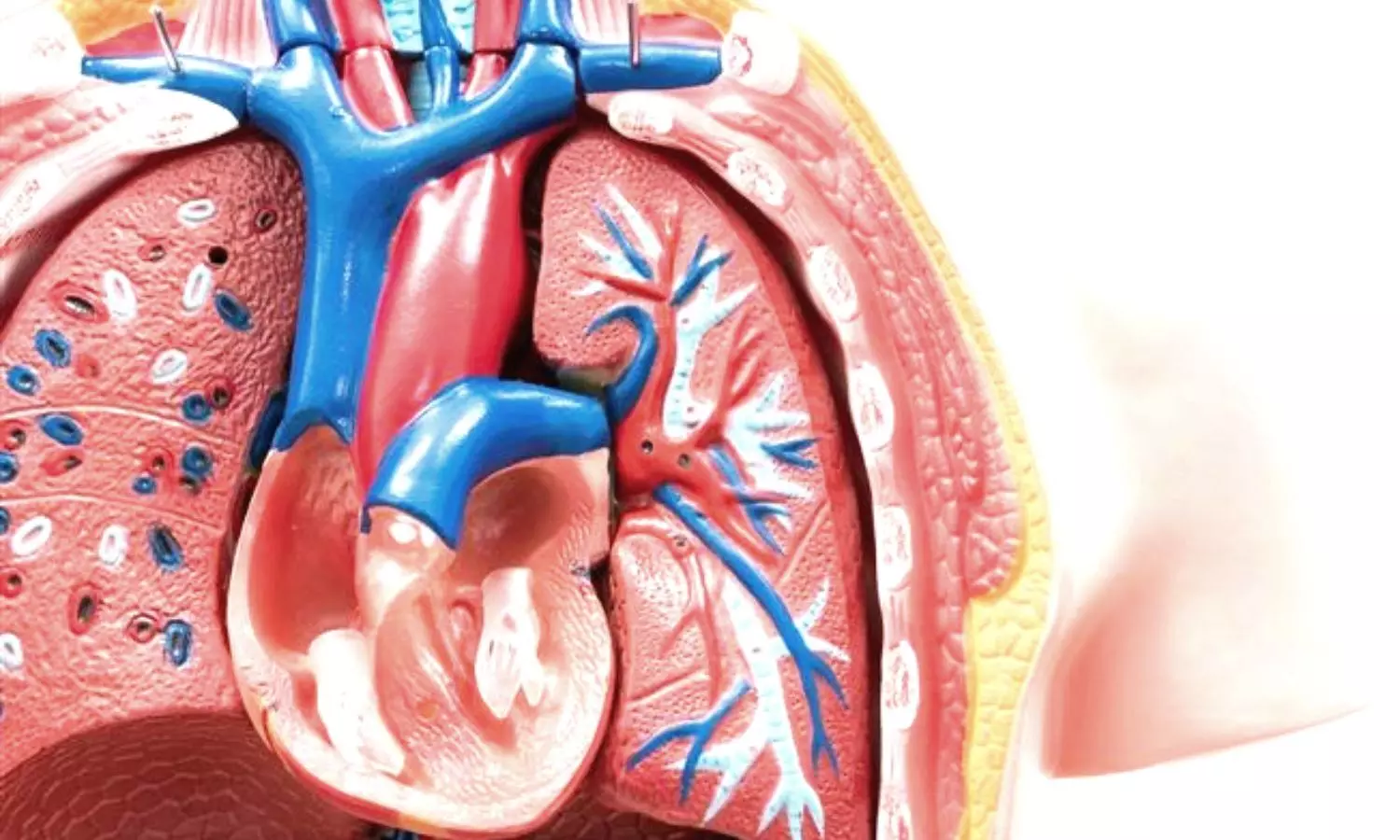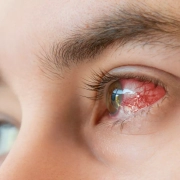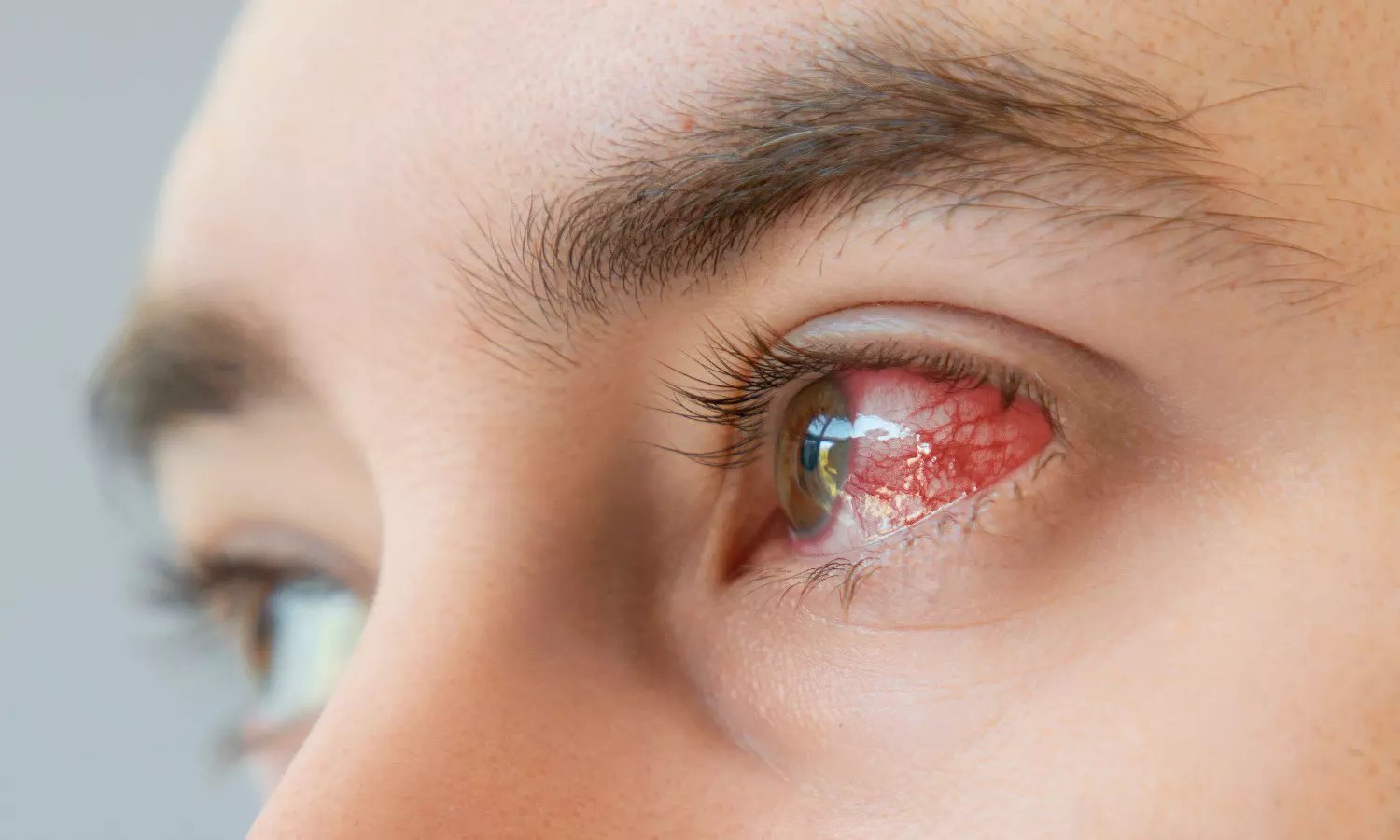FDA approves birch triterpenes gel as topical medication for epidermolysis bullosa
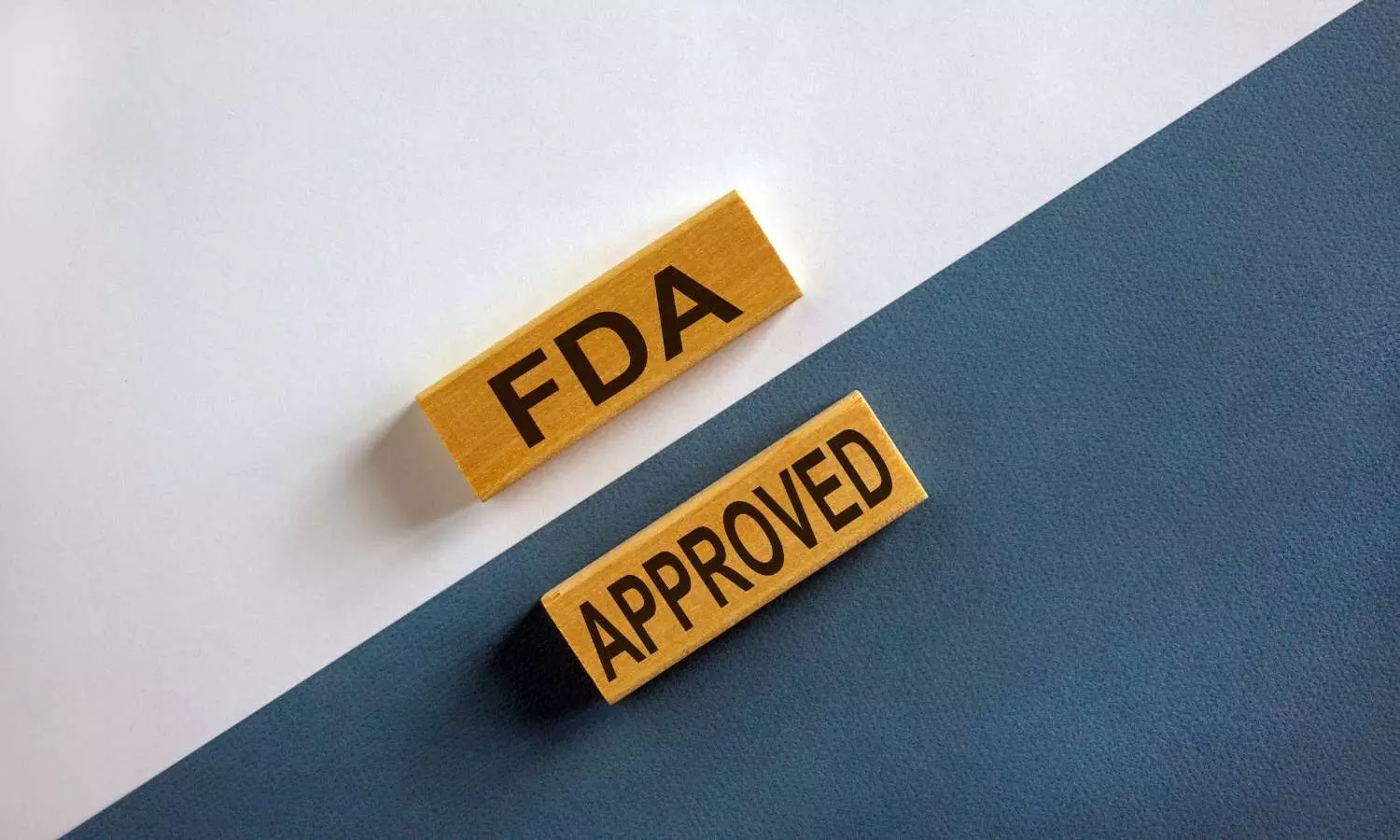
The US Food and Drug Administration (FDA) has approved the new birch triterpenes topical gel (Filsuvez) for treating 2 variants of epidermolysis bullosa (EB).Birch triterpenes topical gel is designed for partial thickness wounds in seen in individuals aged 6 months and older with a diagnosis of Junctional Epidermolysis Bullosa (JEB) and with Dystrophic Epidermolysis Bullosa (DEB).
FILSUVEZ is the first approved treatment for wounds associated with JEB, a rare, moderate-to-severe form of EB with blisters beginning in infancy. FILSUVEZ joined the Chiesi portfolio as part of the agreement reached during the acquisition of Amryt Pharma in January of this year.
EB is a debilitating inherited skin disease that causes a person’s skin to be so fragile it can be injured just from touch. This rare, chronic, and distressing disorder affects infants, children and adults and is intensely painful; recurrent blistering and chronic wounds can result in intolerable pain with limited mobility. Living with EB entails daily challenges to navigate, including slow-healing wounds at risk of infection and painful dressing changes.
FILSUVEZ is administered at home, allowing for integration into existing treatment routines. FILSUVEZ is applied topically to the wound at each dressing change.
“At Chiesi Global Rare Diseases we are driven by a need to alleviate the burdens faced in the rare disease community by providing innovative therapies and solutions that address debilitating unmet needs.” Giacomo Chiesi, Head of Chiesi Global Rare Diseases, said. “We are grateful for the support of those living with EB and their dedicated caregivers which allowed us to reach this landmark FDA approval and proudly provide FILSUVEZ as a solution for wound care management.”
Brett Kopelan, Executive Director, debra of America, added, “The FDA’s decision to approve FILSUVEZ provides those living with EB a safe and effective treatment option for the most prominent and difficult symptom of EB, open wounds that may not heal.” Kopelan also commented that, “today marks an important milestone for those living with junctional EB, as FILSUVEZ is the first FDA approved treatment for this variant of the disease. I want to thank Chiesi for their years of close collaboration with debra of America and their dedication and commitment to bringing a treatment option forward for those with dystrophic and junctional EB. I also want to thank the patients who participated in the clinical trials to bring this therapeutic option to fruition.”
FILSUVEZ was previously approved in June 2022 by the European Commission for the treatment of skin wounds in adults and children, ages 6 months and older with both JEB and DEB.
About FILSUVEZ topical gel
FILSUVEZ® (birch triterpenes) topical gel, is a medicine that is used in adults and children aged 6 months or older with epidermolysis bullosa (EB). FILSUVEZ contains a dry extract from two species of birch bark consisting of naturally occurring substances known as triterpenes, including betulin, betulinic acid, erythrodiol, lupeol and oleanolic acid. FILSUVEZ is available as a gel that should be applied to the wound surface at a thickness of approximately 1 mm and covered by a wound dressing. The medicine can also be applied directly to the wound dressing.
About EASE Trial
The EASE trial (NCT03068780) is the largest ever global Phase 3 trial conducted in patients with EB, performed across 58 sites in 28 countries. It comprises a 3-month double-blind randomized controlled phase followed by a 24-month open-label, single-arm phase. Patients with EB target wounds of between 10 and 50cm2 in size that were present for > 21 days and < 9 months were randomized in the double-blind phase to study treatment in a 1:1 ratio and wound dressings applied according to the standard of care. 223 patients were enrolled in the trial including 156 pediatric patients. Of those who completed the double-blind phase, 100% entered the open-label safety follow-up phase. The primary endpoint of the trial was to compare the efficacy of FILSUVEZ topical gel versus control gel according to the proportion of patients with complete closure of the target wound within 45 days of treatment. The primary endpoint was achieved with statistical significance (p-value = 0.013). While the key secondary endpoints did not achieve statistical significance, a number of favorable differences were observed.
Powered by WPeMatico




